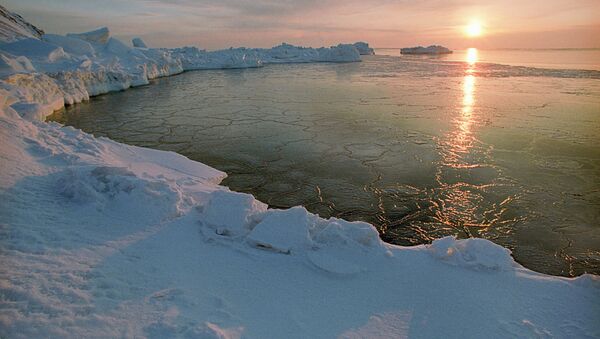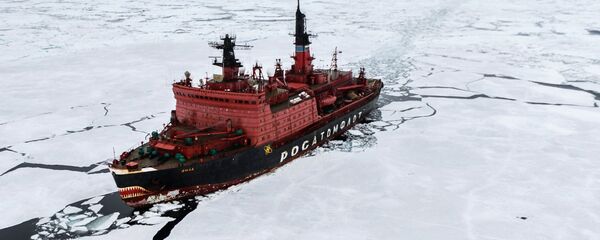Over the month of June, sea ice in the Arctic has plummeted some 260,000 square kilometers (about 100,000 square miles) below the last record for the month, set in 2010.
Scientists have been monitoring changes in Arctic sea ice via satellite observations for 37 years. Satellite-based data shows that the ice cover is melting at an increasing rate.
The seasons of Arctic sea ice melt, between early spring and late fall, have gotten longer and warmer each decade. In the last 13 years researchers have detected diminishing ice cover even during winter months.
2016 is proving to be the hottest in documented history. Apart from March, every month has set a new record for retreating sea ice statistics.
Scientists have warned that if the trend of rising global temperatures continues, Arctic ice may soon be gone for good.
"Arctic ice may well disappear, that is, have an area of less than one million square kilometers for September of this year," Cambridge University scientist Peter Wadhams told the Independent in early June.
Jennifer Francis, a research professor at the Institute of Marine and Coastal Sciences at Rutgers University, told the Independent last month that the situation in the Arctic is very unusual, and predicted a new record low in September.
"The ice is very low and there have been record-breaking low amounts of ice in January, February, March, April and now May, so this is very worrisome," she said. "I think we are going to see perhaps a new record [in September], that's very possible."



